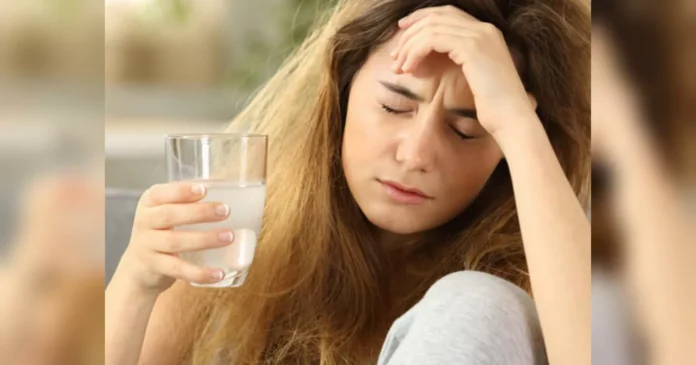When it comes to drinking alcohol, many people are familiar with the unpleasant effects of a hangover. The pounding headache, nausea, and fatigue can make the morning after a night of drinking feel like a punishment. However, not all types of alcohol are created equal when it comes to causing hangovers. According to Anatoly Nimchuk, a well-known expert in the field of alcohol consumption, light-colored spirits such as gin and vodka are less likely to cause hangovers compared to dark-colored spirits like brandy or red wine.
But why is this the case? And is it really true that light-colored alcohol is less likely to result in a hangover? Let’s take a closer look at the science behind this claim.
Firstly, it’s important to understand what causes a hangover. When we consume alcohol, our body breaks it down into a toxic substance called acetaldehyde. This substance is responsible for many of the unpleasant symptoms of a hangover. Dark-colored alcohols, such as brandy and red wine, contain higher levels of congeners, which are byproducts of the fermentation process. These congeners can increase the production of acetaldehyde in the body, leading to a more severe hangover.
On the other hand, light-colored alcohols like gin and vodka have lower levels of congeners, making it easier for the body to break down the alcohol and produce less acetaldehyde. This is why many people report feeling less hungover after drinking clear spirits compared to darker ones.
Another factor that contributes to the severity of a hangover is the amount of sugar in the alcohol. Dark-colored alcohols, especially red wine, tend to have higher sugar content, which can lead to dehydration and worsen hangover symptoms. Light-colored alcohols, on the other hand, have lower sugar content, making them less likely to cause dehydration and therefore, a milder hangover.
It’s also worth noting that the way we consume alcohol can also affect the likelihood of a hangover. For example, drinking on an empty stomach can increase the absorption of alcohol, leading to a more severe hangover. Similarly, mixing different types of alcohol can also make a hangover worse. This is because different types of alcohol have different levels of congeners, and mixing them can result in a higher overall congener level in the body.
But does this mean that light-colored alcohol is completely hangover-proof? Not necessarily. While it may be less likely to cause a hangover, it’s important to remember that everyone’s body reacts differently to alcohol. Factors such as age, weight, and overall health can also play a role in how our body processes alcohol and how severe our hangovers are.
So, what can we do to prevent or lessen the effects of a hangover? The most obvious solution is to drink in moderation. The more alcohol we consume, the more likely we are to experience a hangover. Staying hydrated by drinking plenty of water before, during, and after drinking alcohol can also help prevent dehydration and lessen the severity of a hangover.
In conclusion, while there is some truth to the claim that light-colored alcohol is less likely to cause a hangover, it’s not a guarantee. The best way to avoid a hangover is to drink responsibly and in moderation. And if you do find yourself with a hangover, remember to stay hydrated and give your body time to recover. Cheers to responsible drinking!

